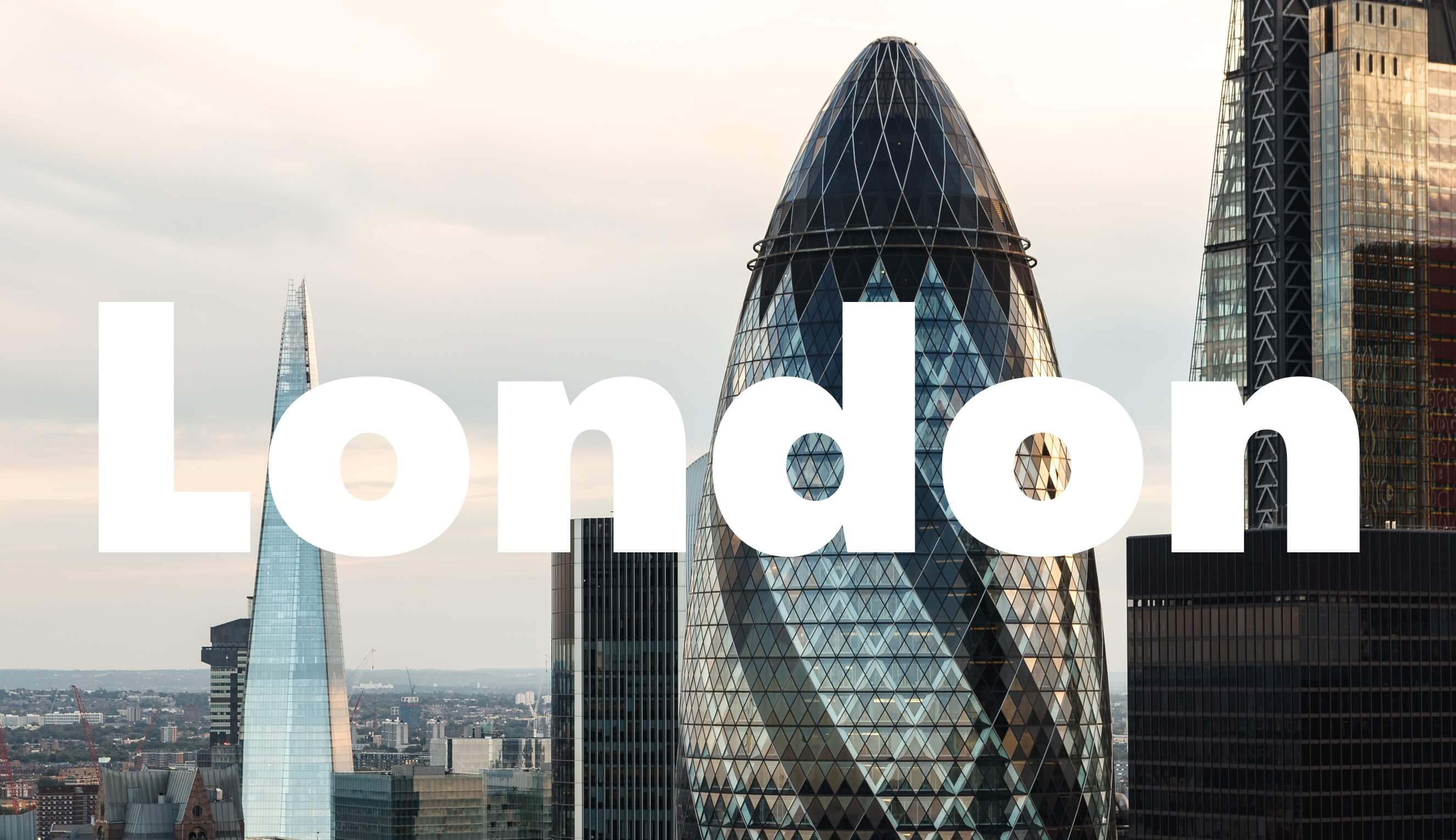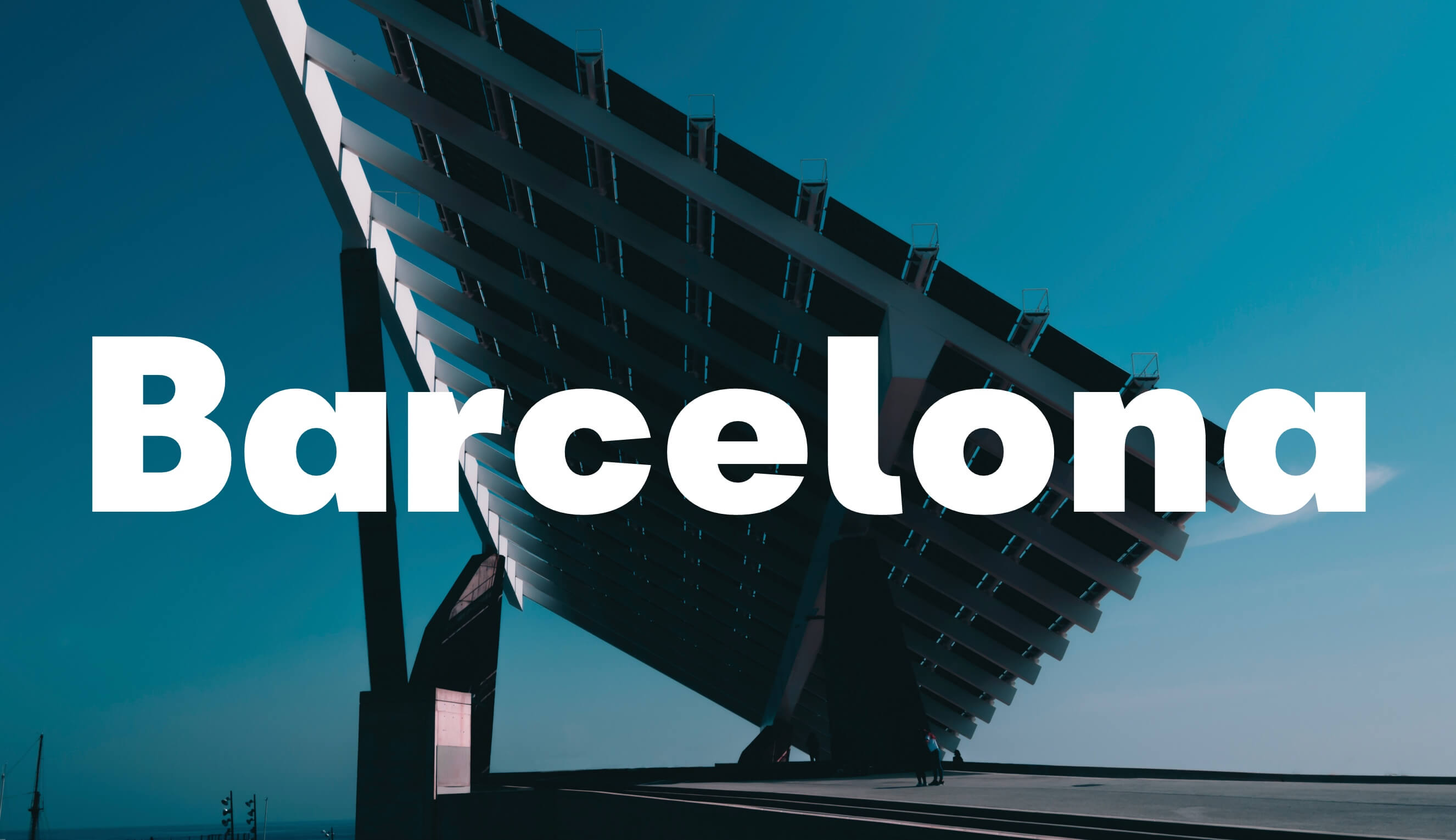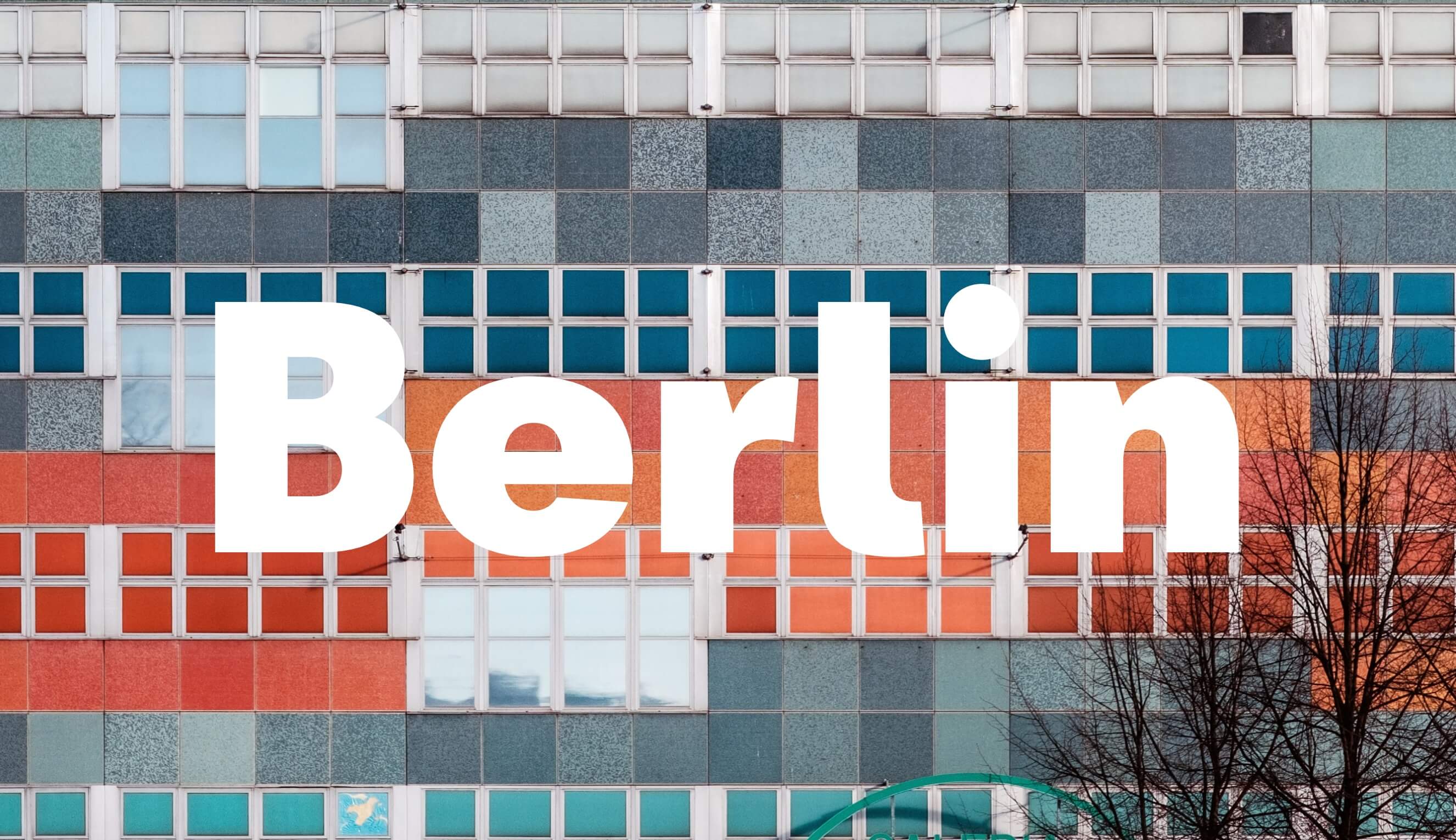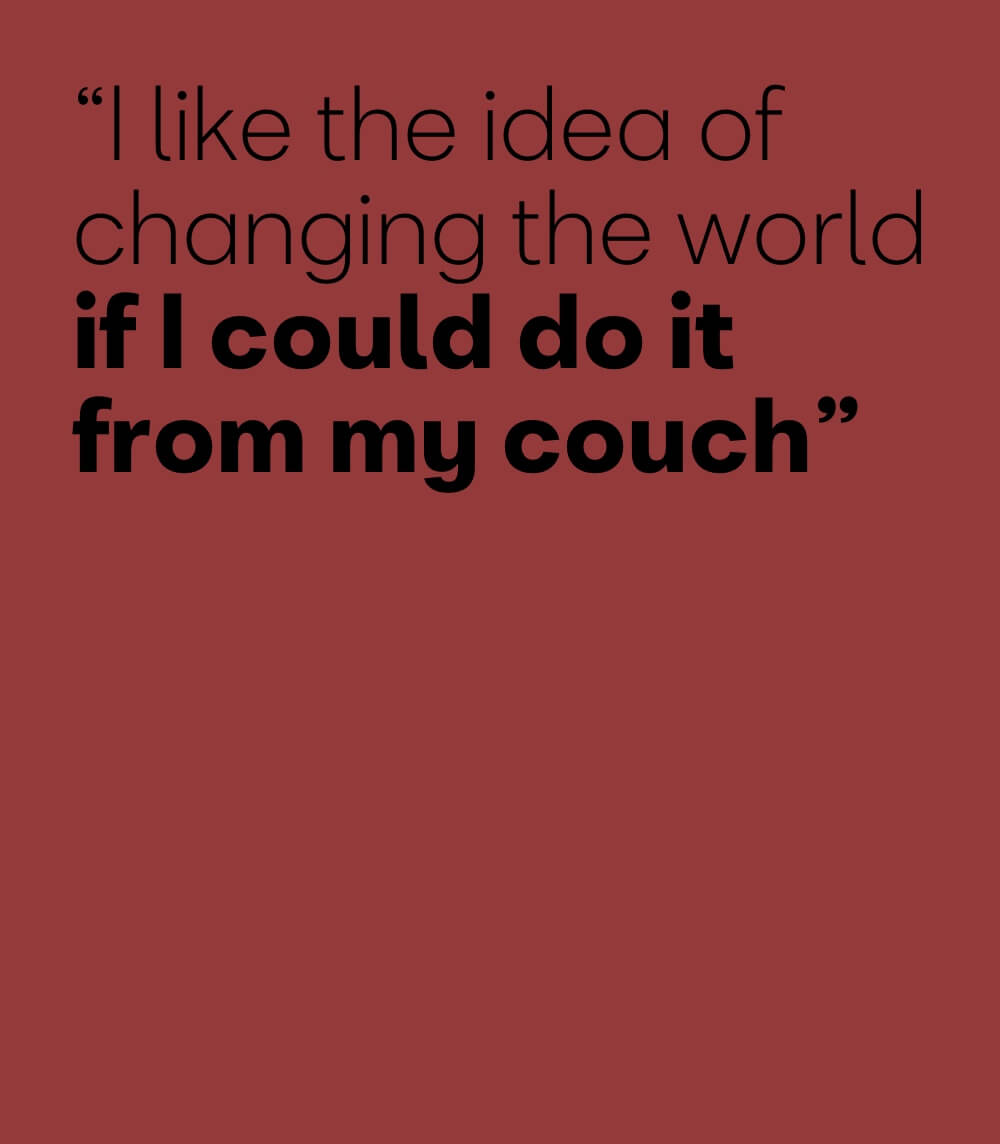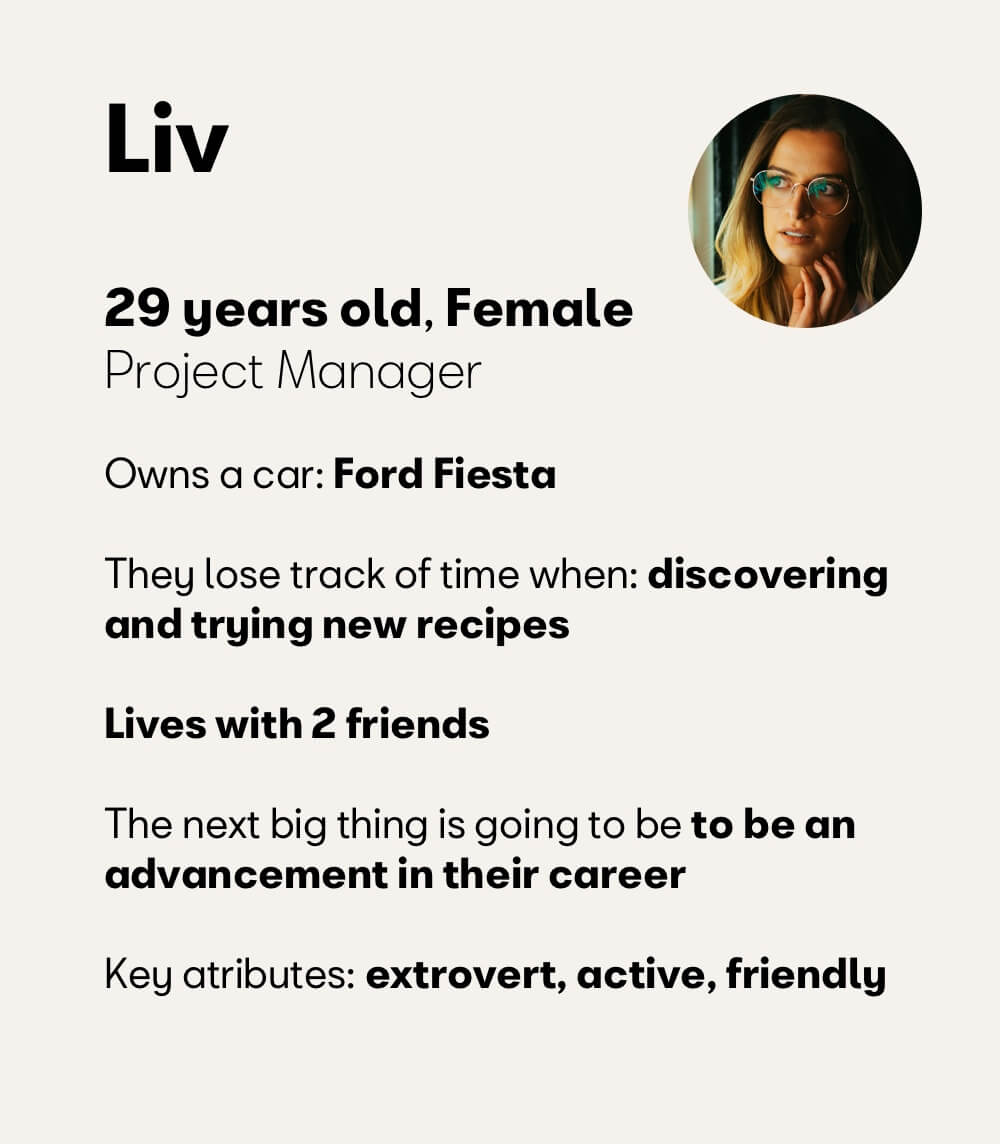SEAT
Building relevance
in a new mobility world
For years, automotive brands have relied heavily upon a huge mass of quantitative, worldwide, highly-segmented user data that helped them foresee trends and predict volumes. But what happens when the product you are developing doesn’t really relate to the past, the known mobility needs, the usage occasions, or the customer profile that traditional research has been based upon? What do you do then? How do you determine where to focus your R&D resources or your product storyline?
The challenge
When SEAT approached us to help define their Future SEAT Urban Car, we were faced with this same challenge. We knew traditional research wouldn’t be effective for this project. So, our insights team had to employ a more modern approach…
The solution
Ethnography seeks to uncover and tap into the human tensions that consumers have, which are both a cause and consequence of the cultural climate and/or zeitgeist of the times. These tensions transcend product development lead-times, because they are defined by the overarching megatrends that we are living and coping with, making them a secure space within which to start formulating ideas.
We used ethnography for SEAT as a way of exploring, understanding, clustering, and identifying transversal themes that led us to actionable insights and product recommendations.
Through the immersive ethnography of a highly-screened set of participants, we learned all about these users. We listened to their stories, observed their surroundings and learned what makes them tick, what their needs are, what keeps them up at night, how they think and how they choose. The aim: to pinpoint the value-adding proposition that the brand could bring to the lives of their customers.
These insights helped shape SEAT’s product, its storyline and its positioning towards a very successful launch in the near future.

What we did
Ethnography
Customer Research
UX Research
Customer Journey Mapping
view project
